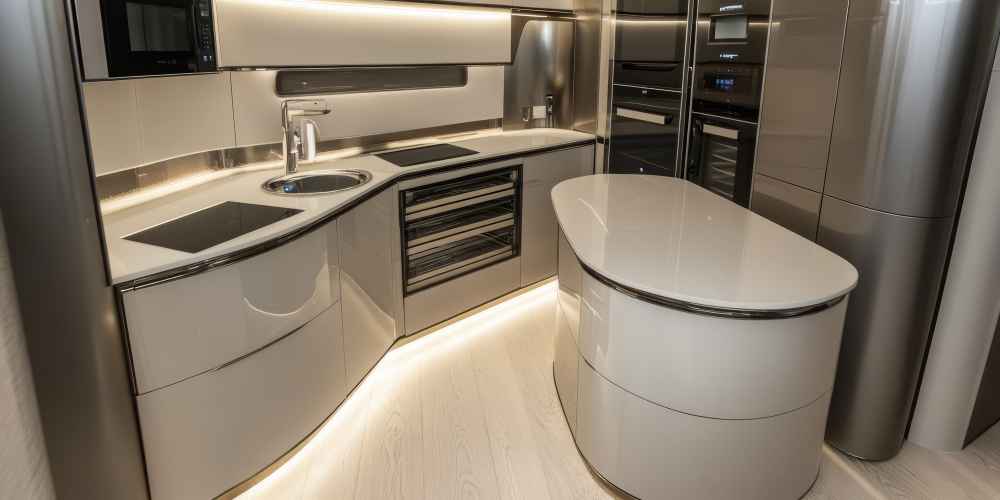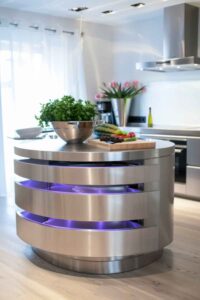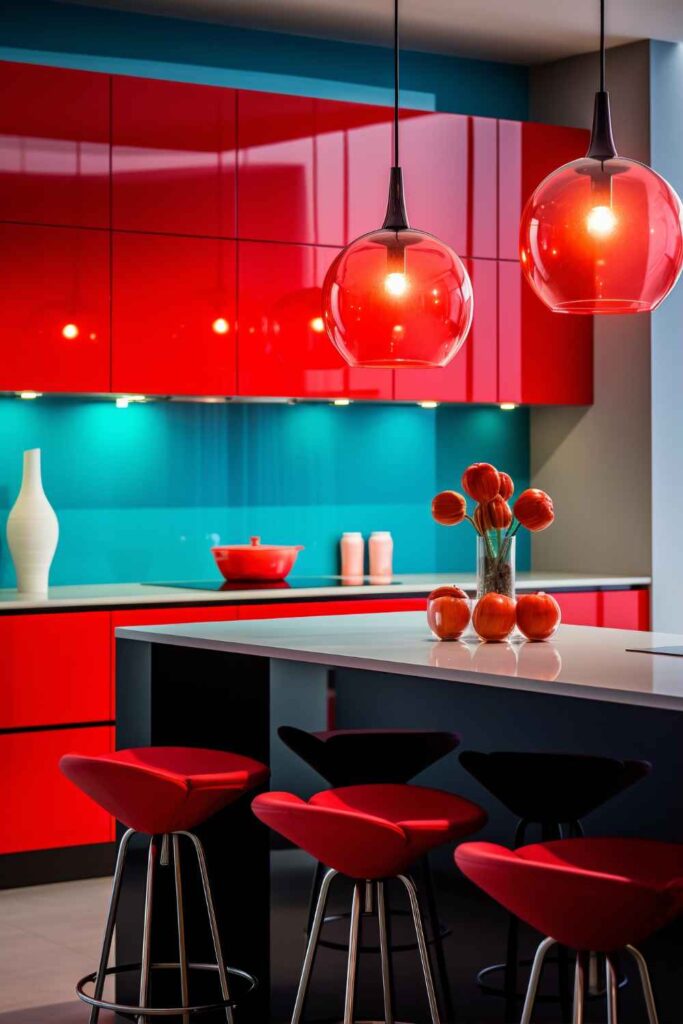When designing or renovating a kitchen, one of the most overlooked yet essential elements is the placement and installation of kitchen countertop outlets. These small but mighty features play a crucial role in modern kitchens, where appliances, gadgets, and technology are integral to daily life. From blending smoothies to charging your smartphone, kitchen countertop outlets ensure convenience and functionality. However, their installation requires careful planning to balance practicality, safety, and aesthetics.
In this comprehensive guide, we’ll explore everything you need to know about kitchen countertop outlets, including their importance, types, installation tips, and design considerations.
Why Kitchen Countertop Outlets Matter
In today’s tech-driven world, kitchens are no longer just spaces for cooking. They’ve evolved into multi-functional hubs where families gather, work, and entertain. As a result, the demand for accessible power sources has skyrocketed. Here’s why kitchen countertop outlets are indispensable:
- Convenience: Countertop outlets provide easy access to power for small appliances like blenders, coffee makers, toasters, and electric kettles.
- Safety: Properly placed outlets reduce the need for extension cords, which can create tripping hazards or overload circuits.
- Functionality: With the rise of smart kitchen gadgets, having outlets within reach ensures seamless operation.
- Aesthetics: Modern outlets can be designed to blend seamlessly with your kitchen’s decor, enhancing both style and functionality.
Types of Kitchen Countertop Outlets
Not all outlets are created equal. Depending on your needs and kitchen layout, you can choose from several types of countertop outlets:
- Standard Electrical Outlets: These are the most common type, typically installed along the backsplash or on the countertop surface. They provide 120-volt power for everyday appliances.
- Pop-Up Outlets: A sleek and space-saving option, pop-up outlets rise from the countertop when needed and retract when not in use. They’re perfect for minimalist designs.
- USB Outlets: With the increasing use of USB-powered devices, outlets equipped with USB ports are becoming a popular choice. They allow you to charge phones, tablets, and other gadgets directly.
- GFCI Outlets: Ground Fault Circuit Interrupter (GFCI) outlets are a must in kitchens, as they protect against electrical shocks in wet areas. They automatically shut off power if a ground fault is detected.
- Wireless Charging Outlets: For a cutting-edge solution, some countertops now feature built-in wireless charging pads, eliminating the need for cords altogether.
Installation Tips for Kitchen Countertop Outlets
Proper installation is key to maximizing the functionality and safety of your countertop outlets. Here are some expert tips:
- Follow Electrical Codes: Always adhere to local building codes and regulations. In most areas, outlets must be installed at least 4 inches above the countertop and no more than 20 inches apart.
- Plan for Appliance Placement: Consider the location of your most-used appliances when positioning outlets. For example, place outlets near the coffee maker, toaster, or blender for easy access.
- Use GFCI Protection: Since kitchens are prone to moisture, GFCI outlets are essential to prevent electrical hazards. Install them near sinks and other water sources.
- Incorporate Adequate Outlets: Modern kitchens require more outlets than ever before. Aim for at least two outlets per countertop section to accommodate multiple devices.
- Hire a Licensed Electrician: While DIY projects can be tempting, electrical work is best left to professionals. A licensed electrician will ensure safe and code-compliant installation.
Design Considerations for Kitchen Countertop Outlets
While functionality is paramount, aesthetics should not be overlooked. Here’s how to integrate countertop outlets seamlessly into your kitchen design:
- Match Finishes: Choose outlet covers that match your kitchen’s hardware, such as stainless steel, brushed nickel, or matte black.
- Hide Outlets Strategically: Use pop-up outlets or install outlets on the side of cabinets to keep them out of sight when not in use.
- Coordinate with Backsplash: If installing outlets on the backsplash, ensure they align with the tile pattern or design for a cohesive look.
- Opt for Minimalist Designs: Sleek, low-profile outlets can blend into the countertop or backsplash, maintaining a clean and uncluttered appearance.

Safety Precautions for Kitchen Countertop Outlets
Safety should always be a top priority when dealing with electrical components. Keep these precautions in mind:
- Avoid overloading outlets with too many appliances.
- Regularly inspect outlets for signs of wear or damage.
- Keep outlets away from direct contact with water.
- Use childproof covers if you have young children at home.
Conclusion
Kitchen countertop outlets are a small detail that can make a big impact on your kitchen’s functionality, safety, and overall design. By choosing the right type of outlets, planning their placement carefully, and incorporating them into your kitchen’s aesthetic, you can create a space that’s both practical and stylish.
Whether you’re renovating your kitchen or building a new one, don’t underestimate the importance of these power sources. With the right approach, kitchen countertop outlets can enhance your cooking experience and keep your kitchen running smoothly for years.
By following this guide, you’ll be well-equipped to make informed decisions about kitchen countertop outlets. Remember, a well-designed kitchen is not just about looks—it’s about creating a space that works for you.
Discover additional ideas in our Kitchen Styles category 😊







